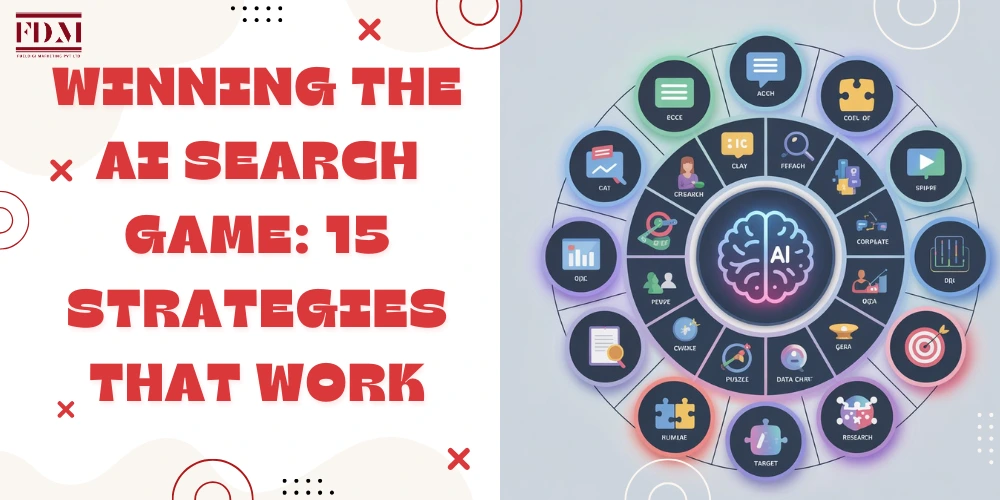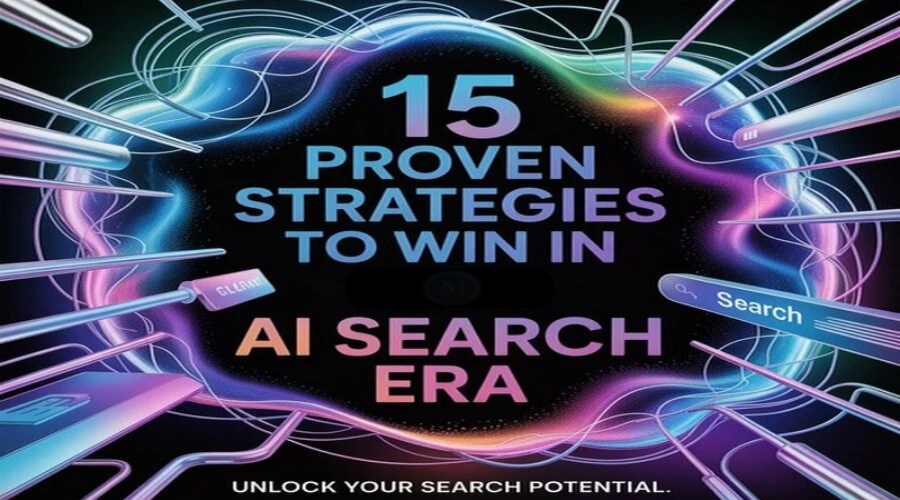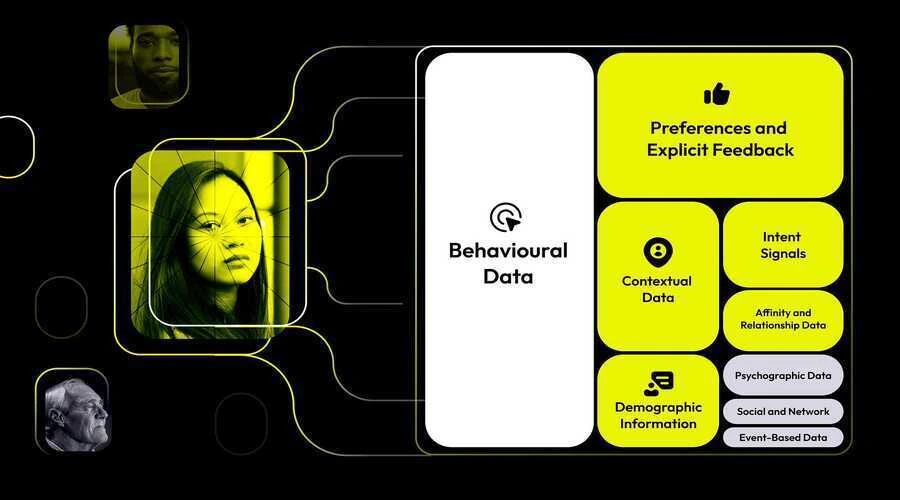Win in AI Search Era With the Best SEO Company in Chennai
The complete alteration of everything we had known about search optimization is a scenario that is hard to fathom. Just the other month, there was this well-optimized blog post that was ranking 3rd in Google and was still not receiving any clicks. The reason behind this was the fact that the question was already answered by ChatGPT and Google’s AI Overview at the search results.
Google AI Overviews are now showing up in 25% of searches conducted in the U.S. ChatGPT is processing a total of 37.5 million searches every single day. Not only is your content vying for a higher rank but now it is also getting to the point of being referred to by the AI. In the list below are the 15 strategies that actually deliver the desired results.

Winning the AI Search Game: 15 Strategies That Work
- Strategy #1: Lead With the Answer
AI systems look for unambiguous, quotable answers. After your H1, add a brief TL; DR box with 2-3 sentences and one supporting number to make it more interesting. This was tried out on 20 different blog posts.
The ones that had clear answer boxes experienced 3 times rise in AI citations and 40% more time spent on the page. This is precisely what SEO Experts in Chennai are doing to keep up with the game. Traditional practices are still important but they are not enough by themselves anymore.
- Strategy #2: Write Like You’re Having a Conversation
Use “How do I actually make this thing run faster?” instead of “Optimization Techniques for Enhanced Performance.” The data used for training AI models includes conversations. If your titles resemble common inquiries, then you’re not only speaking their tongue but also the language of your audience.
- Strategy #3: Break Everything into Bite-Sized Chunks
The maximum length for each segment should be 150-200 words and should deal with one entire concept. Envision each piece as a separate answer that the AI can extract without losing the context.
- Strategy #4: Go Multimodal
Google Lens is capable of handling 20 billion visual searches on a monthly basis. For every significant topic, come up with three formats:
- Text-based explanation
- Creative visual provided with ImageObject schema
- Short video (60-90 seconds) using VideoObject markup
One client had custom visuals placed on their top 10 posts. Their AI citation rate soared by 180% in just six weeks. Companies like FuelDigi Marketing have not only mastered but also perfected this multimodal method, thereby creating comprehensive content experiences which are attractive to both human readers and AI engines.
- Strategy #5: Make Your Data Interactive
Change the faceless numbers into tables that you can sort, graphs that you can interact with and tools that give you direct calculations. The content that includes interactivity sees three times higher engagement.
- Strategy #6: Always Be Fresh
The most significant drawback of AI is its reliance on obsolete material. However, you can always keep it up-to-date by including live data through APIs, timestamping it prominently, and providing change logs while applying NewsArticle schema to your topics that are timely.
- Strategy #7: Write for RAG Systems
Retrieval-Augmented Generation (RAG) tech pulls parts of your content to base AI answers. Writing atomic statements (one claim per sentence), citing inline and avoiding vague references are the ways to go for optimization.
- Strategy #8: Show Your Receipts
Introduce a “How We Know This” section that clarifies your research process, sample sizes, testing parameters, and links to raw data. AI trust algorithms prefer sources that are open about their sourcing.
- Strategy #9: Serve Three Audiences at Once
Create layers:
- Beginner: 2-3 sentence answer
- Intermediate: 2-3 paragraphs with examples
- Advanced: Technical deep-dive with case studies This single change has increased the value of the page by 60%.
It doesn’t matter if you are getting SEO Services in Chennai or doing the optimization on your own, this multi-layered approach will attract users with all levels of knowledge.
- Strategy #10: Guide the Next Question
At the end of the section, always put the prompts of “What to explore next”. This will keep not only the people but also the AI engaged with your content ecosystem.
- Strategy #11: Create Original Data
The AI engines rely upon the primary sources to a large extent; hence, one can go for original data generation through surveys (even of a hundred people), product testing, or case studies.
- Strategy #12: Build Machine-Verifiable Trust
The industry certifications along with the verification links, publication in reputable outlets, speaking engagements, and professional affiliations should be displayed prominently.
- Strategy #13: Optimize Once, Distribute Everywhere
AI-friendly content (clear, factual, well-sourced) is the starting point, then natural keywords are layered in, social snippets are created, and mobile-first design is ensured. Universal Search Optimization (USO) works across all the search engines, social media, and AI tools. Any progressive SEO Agency in Chennai should execute this strategy for maximum ROI.
- Strategy #14: Don’t Sleep on Voice Search
Smart speakers have been adopted by 35% of the US population, and the voice search market is expanding at a rate of over 20% per year. The writing style should be conversational; give complete and clear answers, and optimize for featured snippets.
- Strategy #15: Create Conversational Content
The content should be made to appear as chatting with an assistant employing chat-style Q&A, branching logic, progressive disclosure, and interactive calculators.

Your 30-Days AI-Search Optimization Roadmap
- Week 1: Choose your best 5 pages. Include TL; DR summaries, methodology parts, and inline citations.
- Week 2: Divide content into very small pieces with clear subheadings. Insert “What’s Next” navigation.
- Week 3: Make one original research work. Insert interactive features. Apply schema markup.
- Week 4: Keep an eye on AI Overview appearances. Observe citations in Perplexity and Copilot. Write down what works.
The Bottom Line
The early adopters of the technology are the big winners. They are mentioned in AI answers while their competitors lose visitors. This is not a matter of tricking the system—it’s producing content that truly deserves to be found, either by a human or an AI, no matter the case.
The search of the future is for the creators who realize that the quality and the optimization are not opposites but rather the two faces of the same coin. It is time for you to create content that cannot be overlooked.


